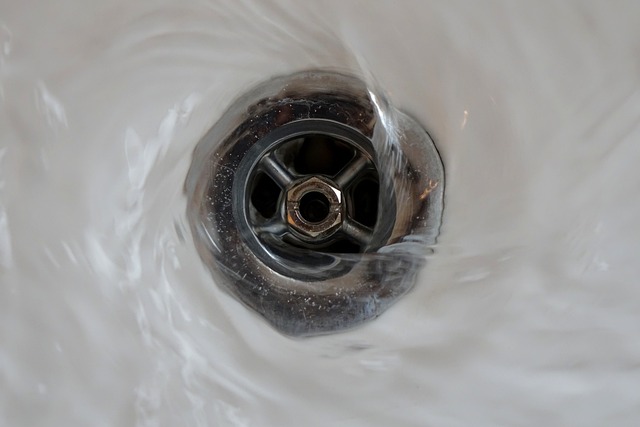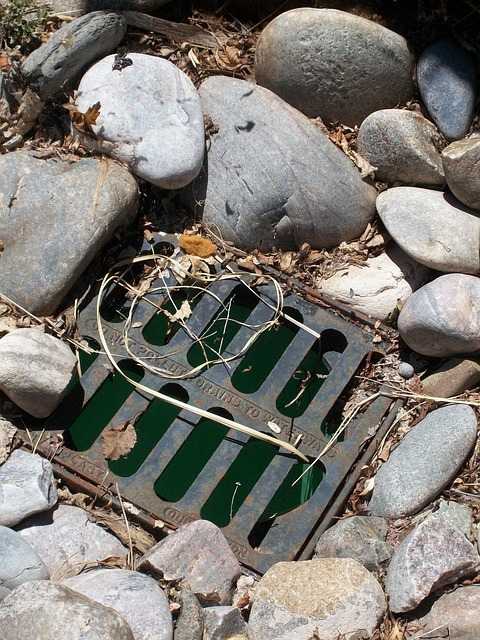Recognizing Signs of a Clogged Drain like decreased water flow, unusual odors, and slow drainage is key to preventing costly plumbing repairs. Early detection through these signs can stop minor clogs from escalating. If common unclogging methods fail, call a professional plumber for more serious issues. Regular maintenance and prompt action upon noticing Signs of a Clogged Drain save money and protect your plumbing system.
Are you tired of dealing with stubborn drain clogs? Understanding the subtle signs of a clogged drain can save you from costly surprises. This article guides you through recognizing common patterns and when simple solutions fall short. Learn to prepare for potential repairs, ensuring your home stays flood-free. Discover the warning signs of a clogged drain and take control before it becomes a major crisis.
- Recognizing Common Drain Clog Patterns
- When a Simple Unclogging Solution Isn't Enough
- Preparing for Potential Costly Repairs Ahead
Recognizing Common Drain Clog Patterns

Recognizing common drain clog patterns is the first step in preventing costly repairs. One of the most noticeable signs of a clogged drain is a significant decrease in water flow. If you notice that water drains slowly, especially after running multiple fixtures simultaneously, it could indicate a buildup of hair, grease, or other debris. Another telling sign is an unusual odor emanating from your drain, such as a sour or sewage-like smell, which often accompanies clogs due to the trapped gasses.
Regular clogs or recurring issues in specific drains are also red flags. If certain fixtures, like your shower or sink, consistently experience clogs, it suggests a persistent problem within that section of your plumbing. Keeping an eye out for these signs of a clogged drain can help homeowners catch potential issues early on, preventing minor inconveniences from turning into major, and expensive, disasters.
When a Simple Unclogging Solution Isn't Enough

If unclogging your drain with common household remedies like baking soda, vinegar, or a plumbing snake hasn’t worked after several attempts, it could be an indication that something more serious is amiss. The persistent presence of a clog despite these efforts may mean that the issue lies further down the pipe, often in the form of a stubborn buildup of grease, hair, or other debris that regular unclogging solutions can’t dislodge.
Signs of a clogged drain becoming more complex include slow drainage, water pooling around the drain, and an overwhelming bad odor emanating from the sink or shower. In some cases, you might even notice a gurgling sound coming from the pipes, which could be a warning sign that the clog is blocking the flow of water completely. When simple remedies fail, it’s time to call in a professional plumber to avoid further damage and costly repairs down the line.
Preparing for Potential Costly Repairs Ahead

Identifying potential issues early is key to avoiding costly repairs. Knowing the signs of a clogged drain can help you take proactive measures before it turns into an emergency. Keep an eye out for slow drainage, unusual gurgling sounds coming from pipes, or water backing up in sinks and toilets. These are all indications that something might be blocking your drains.
Regular maintenance, such as using drain covers to catch hair and other debris, can go a long way in preventing clogs. If you notice any of these signs, act swiftly. Addressing the issue promptly will not only save you from unexpected expenses but also potential damage to your plumbing system.
Identifying the signs of a clogged drain early can save you from costly repairs. By understanding common clog patterns and knowing when simple solutions aren’t enough, you can prepare for potential issues. Stay proactive to avoid unexpected plumbing disasters and keep your home’s drainage system running smoothly. Remember, recognizing these warning signs is key to maintaining a well-functioning plumbing system.
